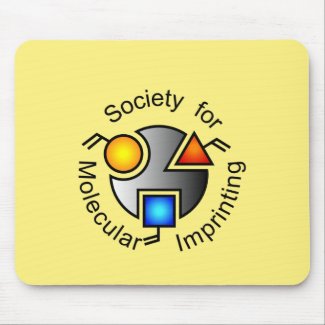
Authors: Liu JB, Shi Y, Sun JN, Tang SS, hu YH, Jin RF
Article Title: A Theoretical Study on the Interaction between Melamine and Acrylamide Functional Monomer in Molecularly Imprinted Polymers.
Publication date: 2013
Journal: Food Science
Volume: 34
Issue: (17)
Page numbers: 96-101.
DOI: 10.7506/spkx1002-6630-201317022
Alternative URL: http://www.spkx.net.cn/EN/abstract/abstract32048.shtml
Abstract: The quantum chemical method was applied for theoretical investigation into the interaction between melamine (MEL) and acrylamide (AM) in molecularly imprinted polymers (MIPs). The pre-assembly system of MEL as the imprinting molecule and AM as the functional monomer in the MIPs was simulated based on the density functional theory (DFT) at the pbe1pbe/6-31G(d,p) level using Gaussian 09 software. Moreover, the formation of hydrogen bonds, natural bond orbital (NBO) charge and binding energy of MEL/AM complexes in different proportions were explored, and the mechanism and extent of interaction between MEL and AM were illustrated. Results indicate that MEL/AM complexes with ordered and complementary structure could be formed via hydrogen bonding interactions. The lowest binding energy was observed at MEL:AM ratio = 1:6. Furthermore, the trend of charge transfer was the biggest overall and there were 9 active sites in the formed complex. This study may provide a theoretical foundation for improved understanding of the principle of MEL molecular imprinting.
Template and target information: melamine
Author keywords: Melamine, acrylamide, molecular imprinting, hydrogen bond, computer simulation



Join the Society for Molecular Imprinting

New items RSS feed
Sign-up for e-mail updates:
Choose between receiving an occasional newsletter or more frequent e-mail alerts.
Click here to go to the sign-up page.
Is your name elemental or peptidic? Enter your name and find out by clicking either of the buttons below!
Other products you may like:
 MIPdatabase
MIPdatabase









